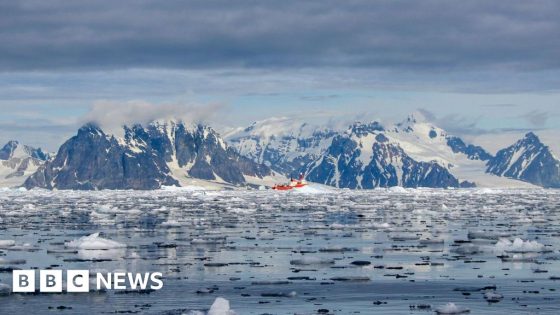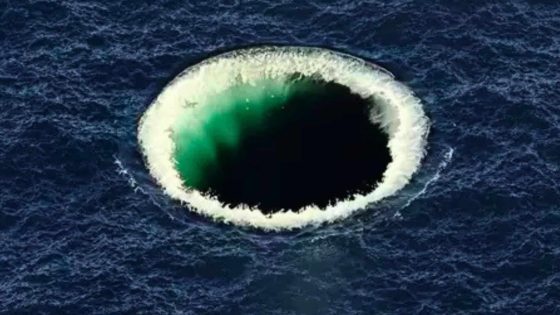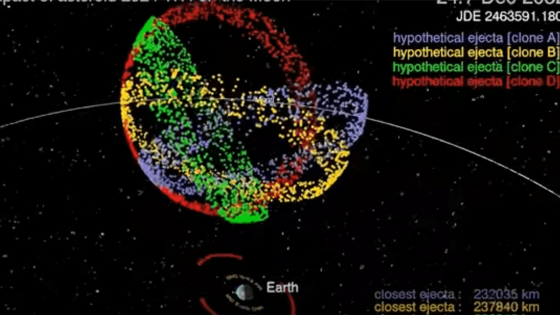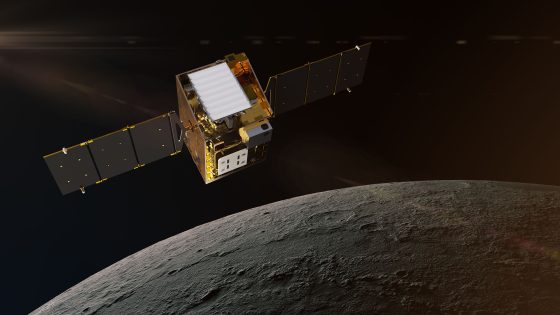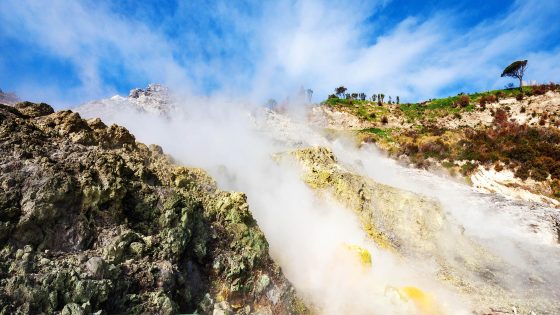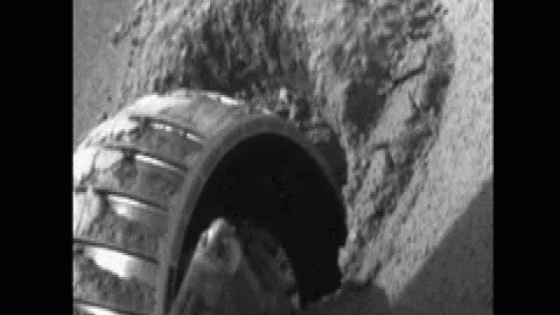Exploring the depths of the Antarctic seabed offers a unique glimpse into the history of our planet’s climate and marine life. An international team braved extreme conditions earlier this year, collecting sediment samples from the Southern Ocean to understand the impact of human activity, including industrial whaling, on this fragile ecosystem. Their findings, set to be analyzed in the coming months, could reshape our understanding of climate change and its effects.
- Antarctic seabed research reveals climate history.
- Sediment cores provide insights into marine life.
- Environmental DNA analysis tracks historical changes.
- Industrial whaling's impact on carbon storage studied.
- Global collaboration enhances ocean and climate understanding.
- Research aims to combat climate change effects.
On 2025-08-19 03:21:00, researchers utilized a specialized coring drill to extract over 40 sediment cores from depths of up to 500 meters. This ambitious project is part of the Convex Seascape Survey, aimed at revealing centuries of ecological history and the relationship between the ocean and climate.
What can sediment samples tell US about our planet’s past? By examining these layers, scientists can piece together a narrative of marine life evolution and human influence. Key insights include:
- Evidence of past marine biodiversity.
- Impact of industrial activities on oceanic ecosystems.
- Carbon storage potential of marine life.
As researchers delve deeper into these sediment cores, the potential for groundbreaking insights into climate resilience and marine conservation grows. The future of our oceans may depend on what we learn from these ancient layers.



